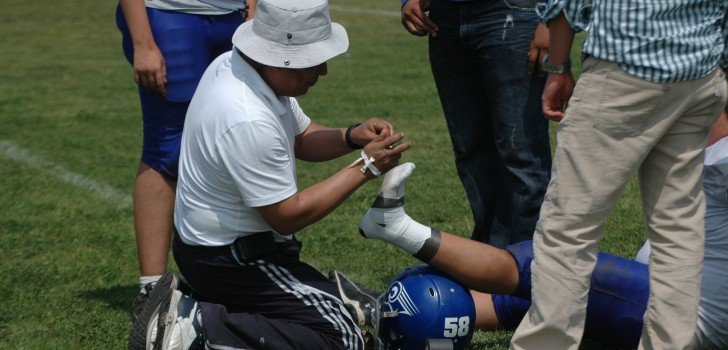A sprained ankle might be of greater concern than you had initially believed, as several new studies have suggested that the effects of a single sprain can change how well a person is able to move, and how often they move, for the rest of their life.
Professor of Kinesiology Tricia Hubbard-Turner summed it up by saying that “The ankle is the base of the body. Everything starts with the ankle.”
However, the ankle is surprisingly fragile, as ligaments around the joint tear easily. Most people would assume that a mild ankle sprain would easily heal within a week or two and not require any medical attention.
But three new studies that are co-authored by Dr. Hubbard-Turner say otherwise.
One study involving college students showed that students suffering from chronic ankle instability took about 2,000 fewer steps per day on average than non-sufferers. Chronic ankle instability is caused by ankle sprains. The study supported the results of an experiment that was performed using lab mice.
However, these studies and experiments were conducted in the short-term. Researchers wondered how past ankle sprains might affect an individual’s long-term movement.
However, this animal study and that of the college students were relatively short-term. Although mice may be approaching rodent retirement age after a year, that span does not generally represent their entire life, and the researchers wondered whether the past ankle sprain might turn out to affect their life-long movement patterns.
As a result, they focused on lab mice that had suffered torn ligaments at early ages and followed them until their deaths at old ages. The study found that the effects of a single sprain lingered through the duration of their lives. Mice that had experienced a mild ankle sprain at an early age typically ran less and slower than mice that never experienced a sprain.
Dr. Hubbard-Turner said of the results, “In these animals, a single sprain had led to far more inactivity” throughout their lives than among the animals with intact ankles.”
It is unknown if these findings in mice can be fully applied to humans. However, Dr. Hubbard-Turner says that the possibility means that we should take ankle sprains seriously.
“Don’t ignore a sprain,” she said.
Therefore, it is important to consult a physician in the event that you hurt your ankle. Also, steps should be taken to avoid suffering a sprain in the first place.
But be careful when you take those steps!
Stay Connected